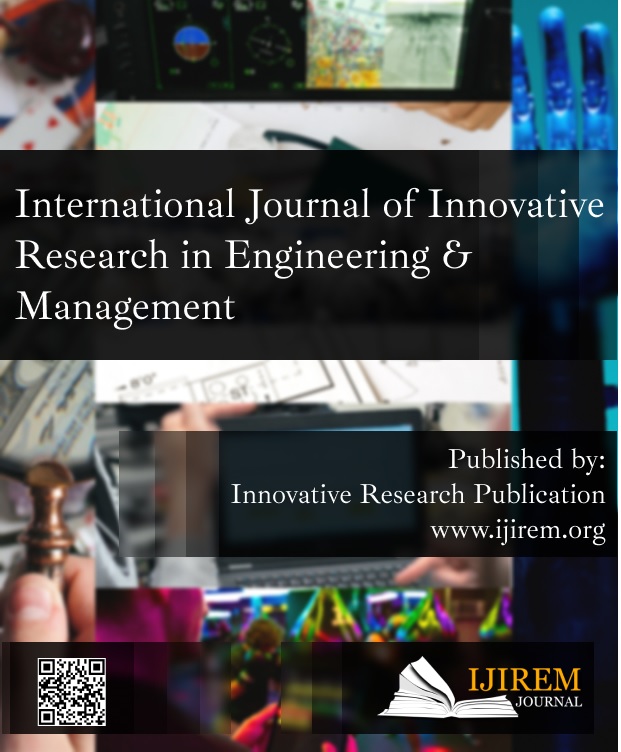Development of Primary Energy for the Nation
Keywords:
Building Integrated Photovoltaics (BIPV), Economic Payback, Primary Energy, Retrofitting, Self-Sufficient BuildingAbstract
The present research emphasizes upon the utilization of alternative renewable energy sources, mainly solar energy, to fulfil the energy demand in buildings. The article includes a review of the literature on the kinds of field data required, parameters for energy-efficient structures, estimate of solar energy production on buildings, techno-economic analysis, and viability of Building Integrated Photovoltaics (BIPV). The team's results in both instances indicate that retrofitting BIPV in an existing structure is costlier than designing a building with BIPV in mind. In addition, BIPV modules offered great architectural shape and enhanced the building's overall aesthetics. The BIPV has been shown to be cost efficient since it not only generates energy but also reduces the cost of the construction materials it replaces. We estimate the payback period for BIPV to be 60-180 months, depending on the kind of connection, the quantity of energy replaced by BIPV, as well as existing government policies regarding incentives.
Downloads
References
.Maycock PD. World Photovoltaic Markets. In: Practical Handbook of Photovoltaics: Fundamentals and Applications. 2003.
.Joshi R, Pathak M, Singh AK. Designing Self-Energy Sufficient Buildings in India. Energy Procedia. 2014;57:3110–9.
.Bhandari R. Role of Grids for Electricity and Water Supply with Decreasing costs for Fotovoltaics. Renewable Energies and Energy Efficiency. 2010.
.Sample N, Organisation S, Government PI. National Sample Survey Organisation Ministry of Statistics and Programme Implementation Government of India September 2002. th round. 2002;478(478).
.IWEC 2011 Organization. In 2011. p. xiii–xiii. [6].Wittkopf S, Seng AK, Poh P, Pandey A. BIPV design for Singapore Zero-Energy Building. In: PLEA 2008 - Towards Zero Energy Building: 25th PLEA International Conference on Passive and Low Energy Architecture, Conference Proceedings. 2008.
.Tabatabaei Fard FM, Aliyev F. Review of architectural daylighting analysis of photovoltaic panels of BIPV with Zero energy emission approach. Res J Appl Sci. 2016;11(8):735–41.
.Byrne J, Zhang X, Zhou A. Economics comparison of building integrated PV in different policy environments: The cases of New York and Beijing. In: ISES Solar World Congress 2007, ISES 2007. 2007. p. 310–4.
.Kurokawa K. PV systems in urban environment. Sol Energy Mater Sol Cells. 2001;67(1–4):469–79. [10].Erge T, Hoffmann VU, Kiefer K. The German experience with grid-connected PV-systems. Sol Energy. 2001;70(6):479–87.
